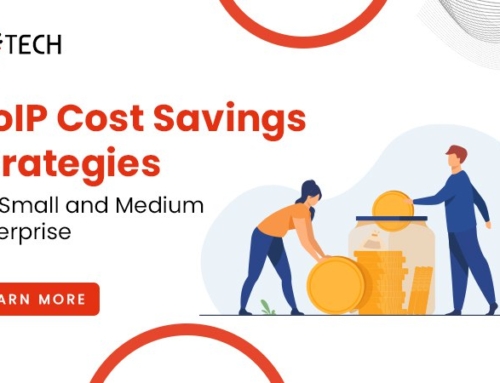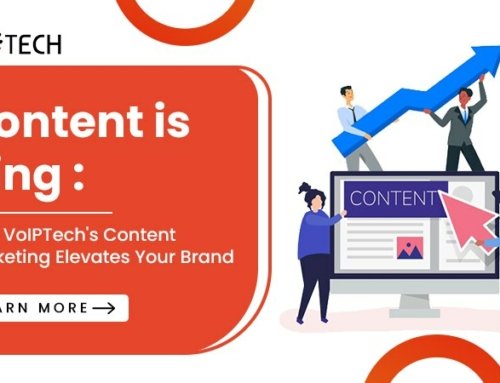In the ever-evolving landscape of advertising, where consumers are bombarded with messages from all directions, the importance of strategic media buying cannot be overstated. It’s not just about placing ads; it’s about placing the right ads in the right places at the right times. This is where the true power of strategic media buying comes into play, revolutionizing the way businesses approach their advertising efforts.
Understanding Strategic Media Buying
At its core, strategic media buying is about making data-driven decisions to maximize the impact of advertising efforts. It goes beyond the traditional approach of reaching a broad audience and instead focuses on identifying and targeting specific demographics that are most likely to convert.
One key element of strategic media buying is the utilization of consumer data. In the digital age, we are surrounded by data, and harnessing this information is crucial for effective advertising. Strategic media buying involves analyzing demographic data, online behavior, and other relevant metrics to identify the audience segments that are most receptive to a particular product or service.
The Right Message to the Right Audience
Revolutionizing advertising through strategic media buying is not just about reaching a large audience but about reaching the right audience with the right message. This requires a deep understanding of the target market and crafting compelling, tailored messages that resonate with the audience.
For example, a company selling fitness equipment might identify a target audience of health-conscious individuals aged 25-40. Through strategic media buying, they can place ads on platforms frequented by this demographic, such as health and fitness websites or social media groups dedicated to wellness. The message can then focus on the specific benefits of their products for this audience, creating a more meaningful connection.
Maximizing ROI with Cost-Efficient Placement
Strategic media buying is not just about spending big; it’s about spending wisely. By identifying the most cost-effective channels and platforms for reaching a target audience, businesses can maximize their return on investment (ROI). This involves a careful analysis of different advertising channels, considering factors such as cost per impression (CPM), click-through rates (CTR), and conversion rates.
For instance, a company may find that social media advertising is more cost-effective for reaching a younger demographic, while display ads on niche websites are more efficient for targeting a specific niche market. By allocating budget to the channels that deliver the best results, businesses can ensure that every advertising dollar is used effectively.
Adapting to Trends and Innovations
The digital landscape is constantly evolving, with new technologies and platforms emerging regularly. Strategic media buying involves staying ahead of these trends and embracing innovations that can enhance advertising efforts. Whether it’s the rise of programmatic advertising, the increasing prevalence of video content, or the integration of artificial intelligence, businesses that embrace and adapt to these changes can gain a competitive edge.
Conclusion
In conclusion, the power of strategic media buying lies in its ability to transform advertising from a broad-reaching, hit-or-miss endeavor to a targeted, data-driven strategy. By understanding the audience, crafting compelling messages, optimizing placement, and adapting to industry trends, businesses can revolutionize their advertising efforts and achieve more significant and sustainable results in an increasingly competitive market.






